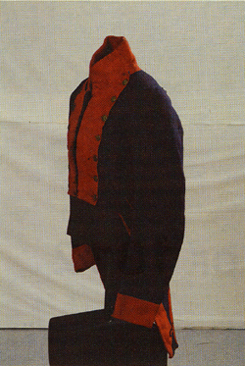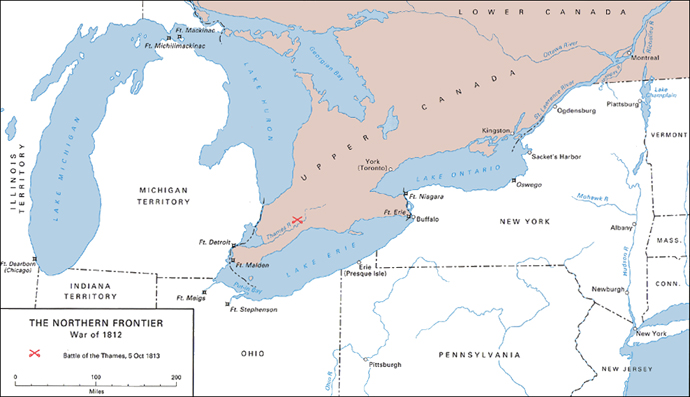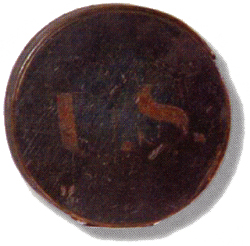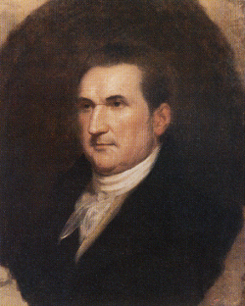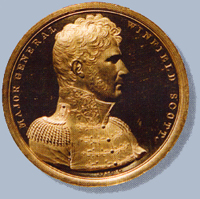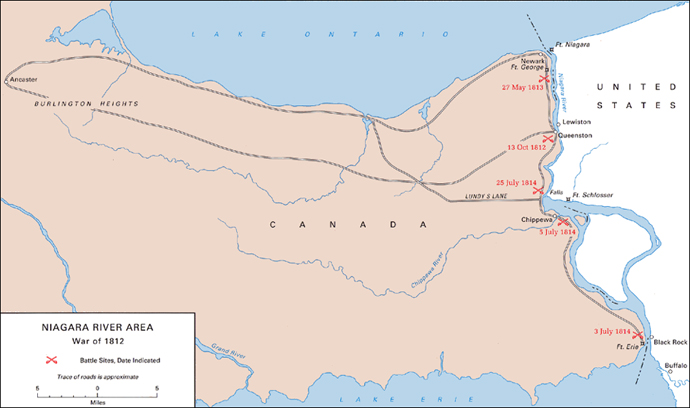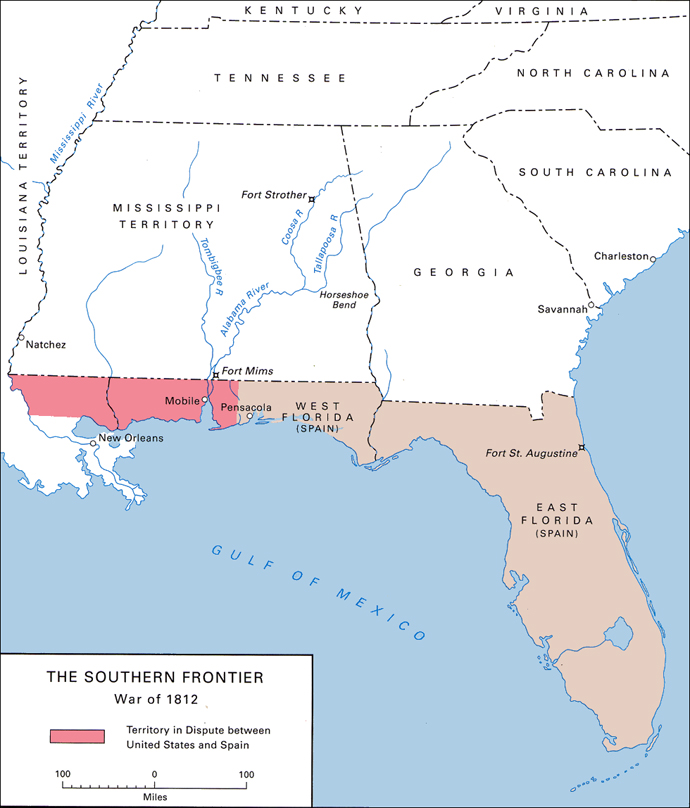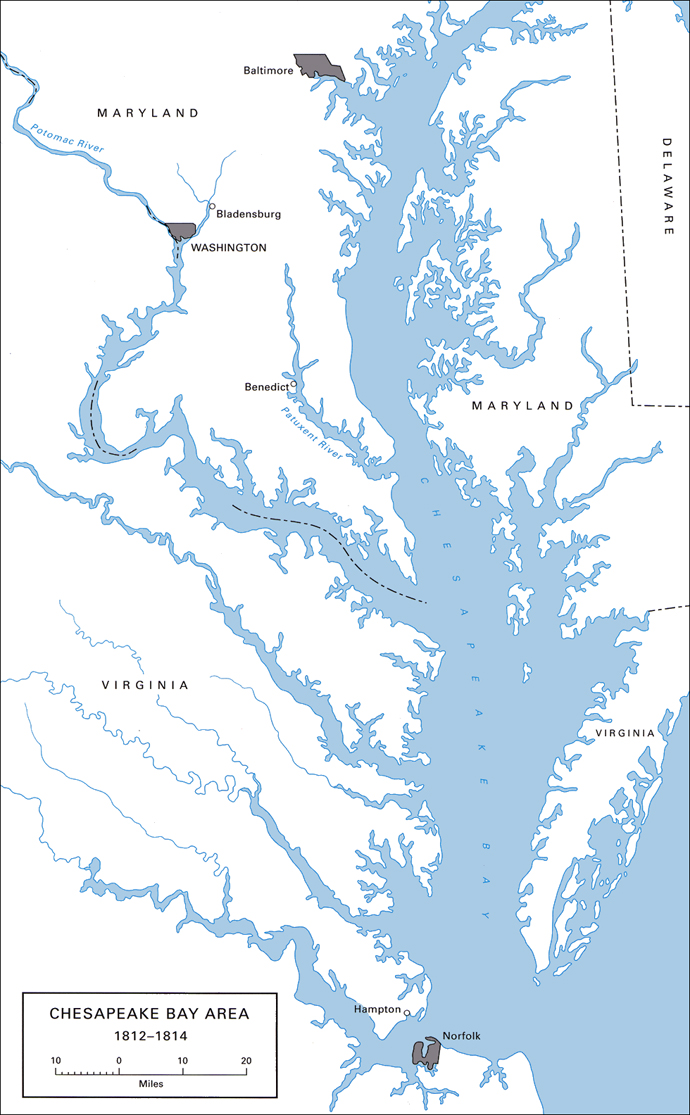![]()
THE WAR OF 1812
![]() o Great Britain the War of 1812 was simply a burdensome adjunct of its greater struggle against Napoleonic France. To the Canadians it was clearly a case of naked American aggression. But to
the Americans it was neither simple nor clear. The United States entered
the war with confused objectives and divided loyalties and made peace
without settling any of the issues that had induced the nation to go to
war.
o Great Britain the War of 1812 was simply a burdensome adjunct of its greater struggle against Napoleonic France. To the Canadians it was clearly a case of naked American aggression. But to
the Americans it was neither simple nor clear. The United States entered
the war with confused objectives and divided loyalties and made peace
without settling any of the issues that had induced the nation to go to
war.
The immediate causes of the war were seizure of American ships,
insults and injuries to American seamen by the British Navy, and rapid
expansion of the American frontier. The British outrages at sea took
two distinct forms. One was the seizure and forced sale of merchant
ships and their cargoes for allegedly violating the British blockade of
Europe. Although France had declared a counterblockade of the British Isles and had seized American ships, England was the chief offender
because its Navy had greater command of the seas. The British further
outraged the United States by capturing men from American vessels for
forced service in the Royal Navy. The pretext for impressment was the
search for deserters, who, the British claimed, had taken employment
on American vessels.
The reaction in the United States to impressments differed from that aroused by the seizure of ships and cargoes. In the latter case the maritime interests of the eastern seaboard protested vigorously and demanded naval protection, but rather than risk having their highly profi table trade cut off by war with England, they were willing to take an occasional loss of cargo. Impressments, on the other hand, presented no such fi nancial hardship to the ship owners, whatever the consequences for the unfortunate seamen, and the maritime interests tended to minimize it.
To the country at large the seizure of American seamen was much
more serious than the loss of a few hogsheads of fl our or molasses.
